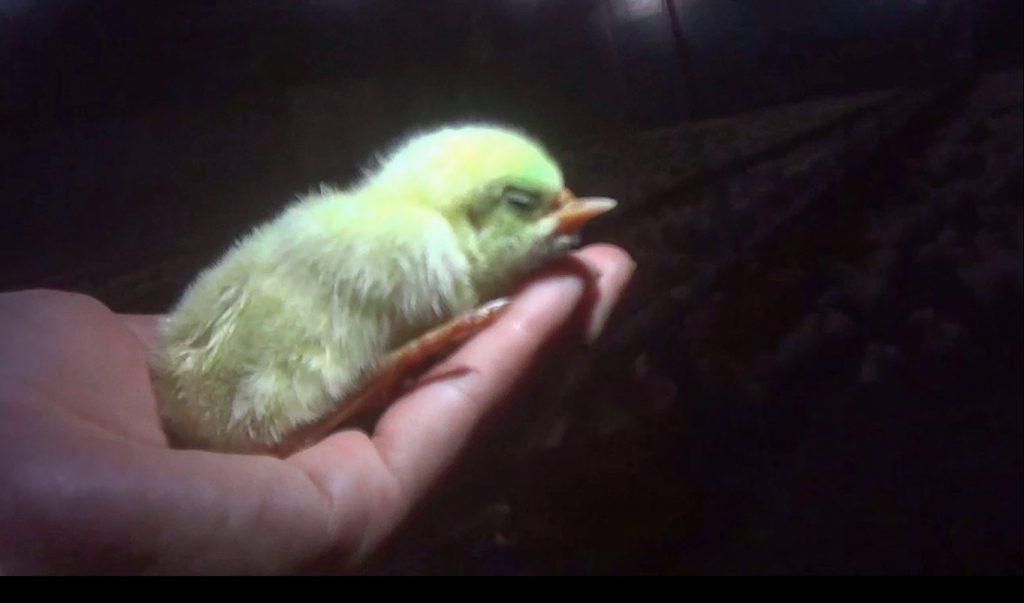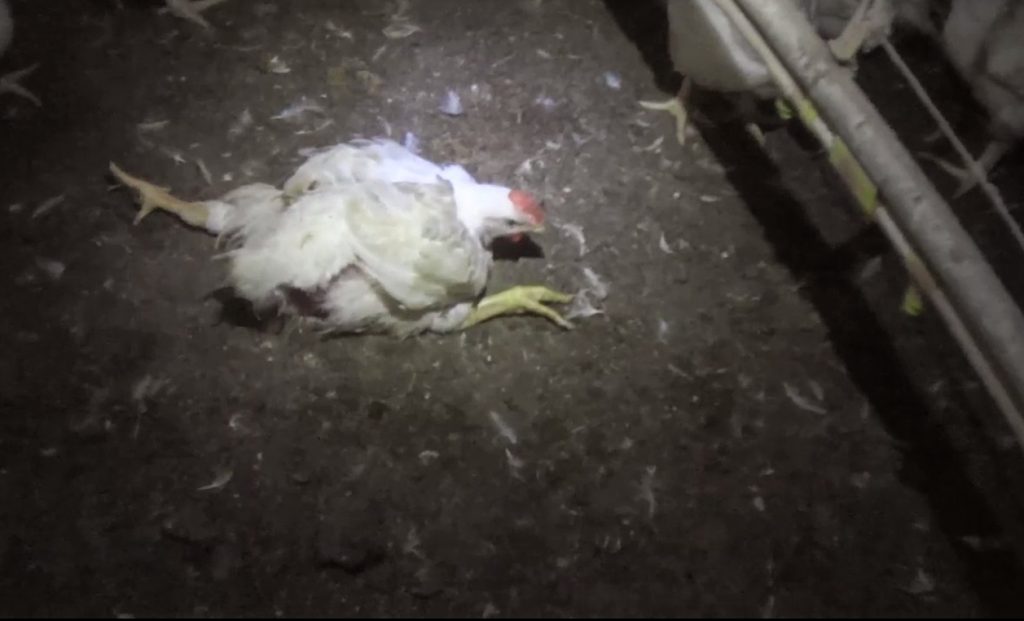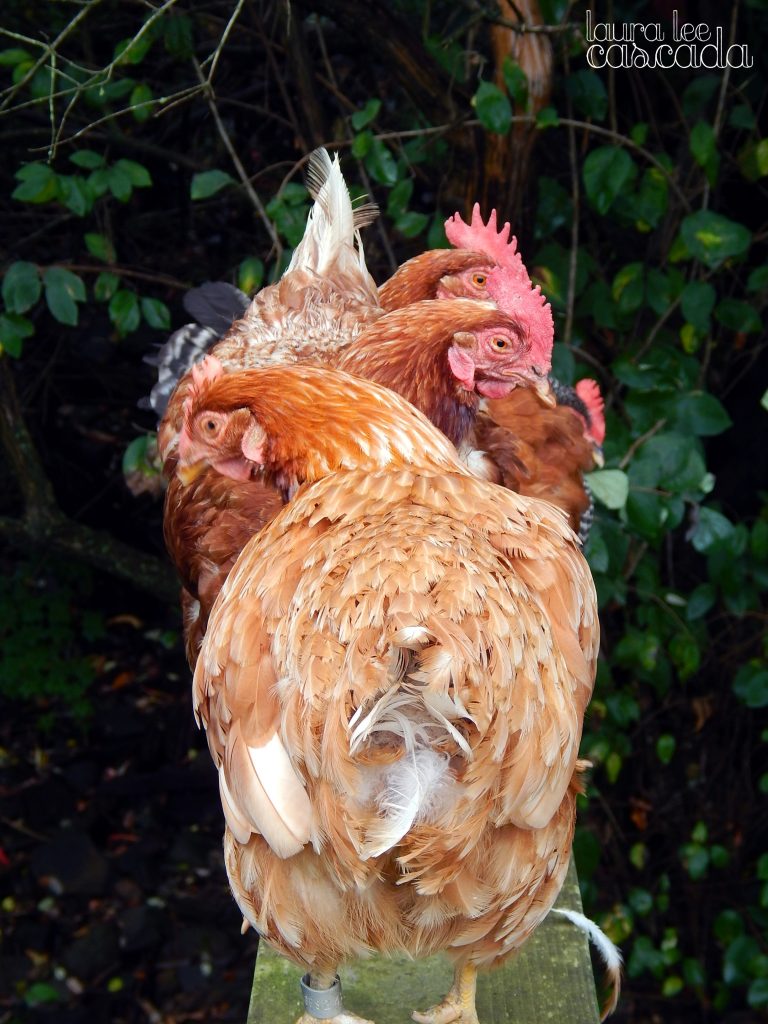Update: As of 5:00 pm on September 19, the numbers have risen to 3.4 million birds and 5,500 pigs killed in Florence’s aftermath. And media is now widely reporting on these casualties. Our story remains below as originally printed to provide a tiny glimpse into the lives of the beings behind these staggering figures.
Unrelenting rainfall. Historic flooding. Catastrophic destruction. The East Coast of the United States erupted in panic last week as Hurricane Florence loomed offshore. Evacuations were issued. Millions fled their homes–for their very lives.
But so many millions more never had the chance to leave. Unseen and unheard, they remained behind the walls of their prisons.
As the storm loomed, some environmental groups began to speculate about another dire consequence of the massive flooding: the overflow of giant lagoons filled with thousands of tons of toxic pig manure. In North Carolina alone, over 10 billion pounds of liquid manure are created each year by the animal agriculture industry. Much of that sludge sits in enormous pits–until the dreaded day that floodwaters send it spilling over into our environment.
And shortly after the storm hit, that’s exactly what happened to more than a dozen of these waste-filled lakes.
But still, we weren’t talking about them, the ones left behind. Perhaps because we couldn’t see them, languishing in darkness, as their own excrement seeped out before our eyes into our world.
Then, finally, the flood gates opened to their plight: Over 1.7 million chickens had drowned at more than 60 farms, reported major poultry producer Sanderson Farms this week. And at another 30 farms, flood waters were still preventing the delivery of food–which could potentially lead to thousands more deaths due to starvation.
North Carolina’s pig industry still has yet to release any numbers on mortality.
But those pigs, and the millions of birds who lost their lives in this storm, won’t be included in any official Florence death tolls. Their lives will only be measured in dollars lost, and their individual stories will never be told.
We can imagine, though, what life was like for them before the storm. They were trapped as babies in massive, dark, empty sheds, with only each other for comfort. And then they began to grow–rapidly–to an enormous size. Over the course of just 45 days, they would have become slaughter weight.
At only about 6 weeks of age, they would have been big enough to die.

But before then, they would have started to suffer from lung stress, heart stress, and difficulty walking. Many would be crippled under the weight of their own morbidly obese bodies–genetically manipulated to grow so large, so quickly so that poultry giants can turn a profit of quick, cheap meat.
But if you or I grew at that rate, we’d weigh 660 pounds by only two months of age.
And they would have developed painful burns on their chests, produced by the accumulated ammonia from their own waste, upon which they spent every moment, day in and day out.

That is the life of a factory farmed bird. Of the billions who die for our plates each year in the US alone.
The 1.7 million who died this past week were only babies. But had Florence’s destructive rampage not reached them, they still never would have matured into adults. The only difference is that instead of being splayed open on a Styrofoam tray, their bodies are now rotting in rainwater.

Had they been born into a different world, a different life, their stories would have been filled with curiosity, adventure, exploration, and family. Inside the egg, they’d have learned to communicate with their mom through peeps, letting her know if they felt too cold or too hot. And they’d learn to recognize her voice before they’re even born.
Once they hatch, chicks have a basic understanding of numbers. At five days of age, they grasp basic arithmetic. And they can use deductive reasoning–something human kids don’t even achieve until age seven.
Mother chickens nurture and guide their young, and the birds quickly learn to recognize more than 100 different faces of other birds. Within their flocks, they form deep bonds and develop highly structured pecking orders.
And we mustn’t forget their wit: Some male birds have learned that they can attract females through deception–by performing a food dance for attention, even if no food is available. To the females’ credit, many catch on and will ignore males who attempt to use this tactic too often.
And, like us, these birds are empathetic. Researchers have found that hens’ hearts begin to race when air is puffed on their chicks, something they know to be unpleasant.
We now have a whole new understanding of a “bird brain”: a deeply curious, cunning, and caring individual.
On factory farms, unfortunately, these birds never know their mothers, who themselves are locked away on “breeder” farms, their bodies used as reproductive machines until they can churn out no more eggs.
But at least, as the flood waters rose around them, those birds had each other.
September is National Chicken Month–a time when the poultry industry bands together in a desperate attempt to inflate sales after the end of grilling season. But the best way we can celebrate this month is for the birds themselves, by keeping them off our plates.
You can help shine a light on the dark plight of billions of birds every year by pre-ordering a copy of Dellie’s Run, a powerful new novel sharing the story of one girl chasing the elusive home run in the name of freedom—not just for her, but for the thousands she left behind. Along the way, she comes face to face with who she really is and why, according to the laws of physics, she’s basically destined to strike out. As Dellie sets off to defy these odds along with the companionship and scientific ingenuity of a curious young boy named Austin, she might just change the game for her kind—and for all of us on the Outside. Support this important new project today!
Featured image credit: AP



